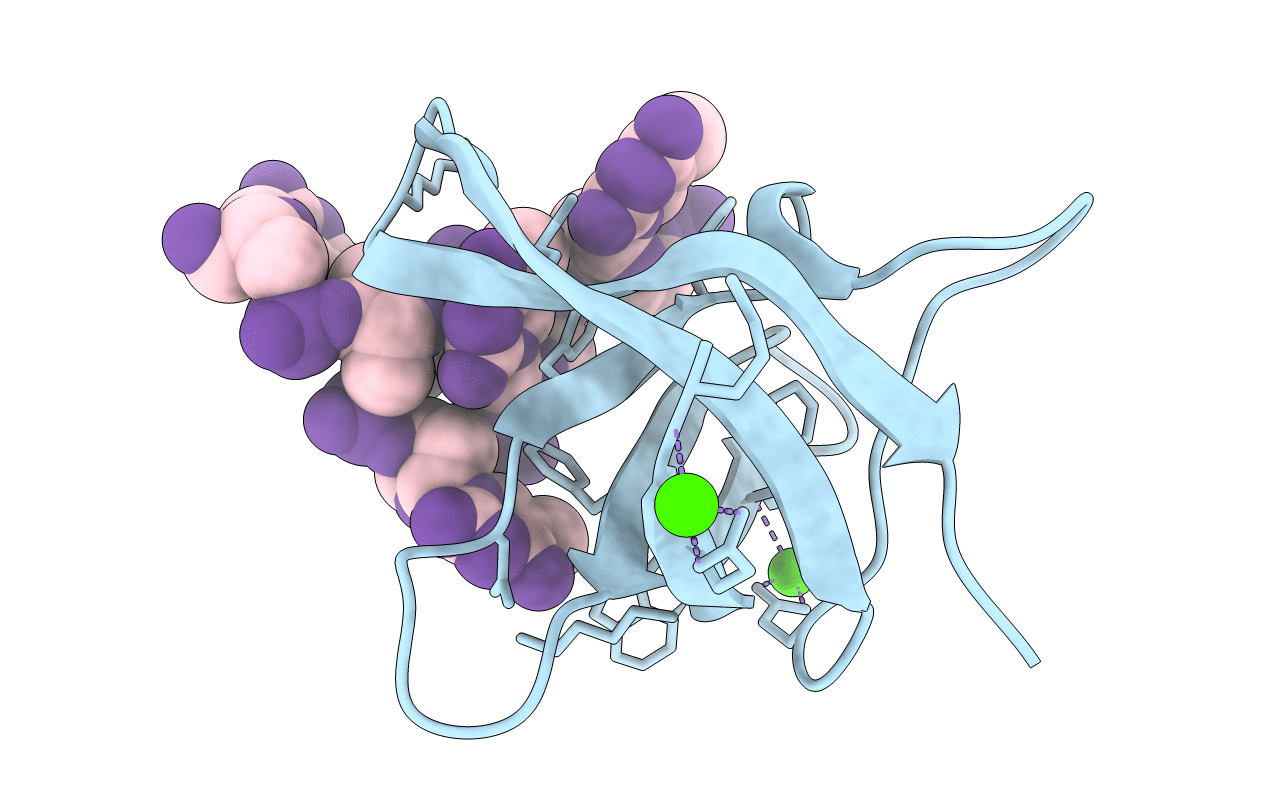
Deposition Date
2005-10-25
Release Date
2006-09-05
Last Version Date
2023-08-23
Entry Detail
PDB ID:
2ES2
Keywords:
Title:
Crystal Structure Analysis of the Bacillus Subtilis Cold Shock Protein Bs-CspB in Complex with Hexathymidine
Biological Source:
Source Organism:
Bacillus subtilis (Taxon ID: 1423)
Host Organism:
Method Details:
Experimental Method:
Resolution:
1.78 Å
R-Value Free:
0.22
R-Value Work:
0.18
R-Value Observed:
0.19
Space Group:
C 2 2 21


